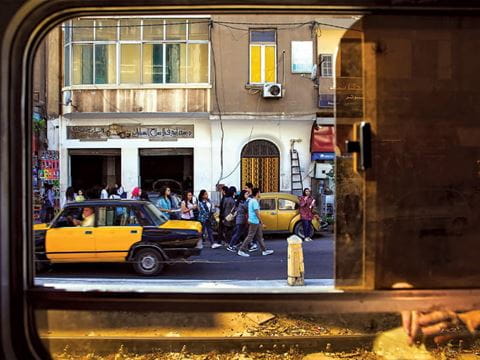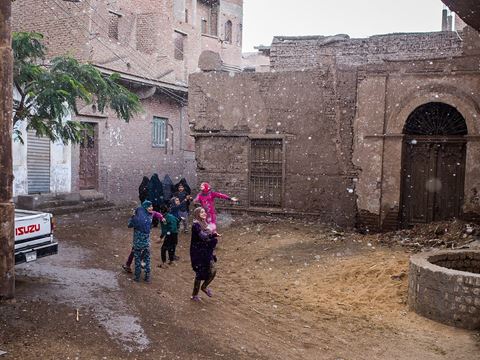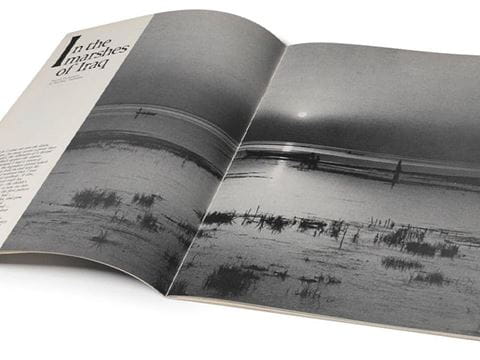
Spotlight on Photography: Aswan's Colorful Nubian Heritage
As a Saudi photographer with a passion for cultural, human and heritage themes around the world, I strive to make my images windows to the past as well as reflections of the present. When I came across this guesthouse on a visit to Aswan, Egypt, I was taken back to 3000 BCE to ancient Nubia.
As a Saudi photographer with a passion for cultural, human and heritage themes around the world, I strive to make my images windows to the past as well as reflections of the present.
When I came across this guesthouse on a visit to Aswan, Egypt, I was taken back to 3000 BCE to ancient Nubia. There were three buildings surrounding a tree-framed courtyard that overlooked the Nile River from its western shore. The guesthouse paid homage to traditional Nubian architectural elements, including a curved arch, and featured a color palette favored by those living in Aswan today—earthtones and vivid shades—that mixed with geometric patterns. Its high mudbrick walls were adorned with decorations illustrating traditions of a civilization brought back to life.
One building is a restaurant that serves traditional Nubian dishes prepared by those who have stayed true to recipes passed down through generations. The blend of vibrant architecture and authentic cuisine immersed me in some of Africa’s earliest kingdoms.
—Latifa Al Ajaji
@LAAM.PHOTOGRAPHY

You may also be interested in...

How to Discover Egypt From the Inside Out
Arts
Rather than just telling travelers where to go, the guidebook Egypt: Inside Out by Trevor Naylor offers an inside-out perspective that evokes the experience of being there, inviting readers to embrace an almost meditative travel discipline of slowing down to take in the details and complexities of Egypt, moment by moment.
Capturing the Rain in Fayoum by Hesham Elsherif
Arts
I took this photo during a rainy day in November 2018 from the window of my family home in Fayoum, Egypt, located about 100 kilometers southwest of the capital. It hardly rains but a few times in the year in most parts of Egypt, and when it does, it is always something special, bringing Joy and happiness particularly for the local children.
Spotlight on Photography: Discover the Marshes of Iraq in a Visual Story by Wilfred Thesiger
Arts
History
“In the Marshes of Iraq” — November/December 1966